I decided to try making Ethiopia Gedab cold brew coffee with a Sowden Softbrew brewer. You might recall, Starbucks very recently sold these in stores. (Related: Immersion brewing with Sowden Softbrew.) I use the model of Sowden Softbrew brewer (which was sold in Starbucks stores) all the time for making hot coffee in the morning. (I alternate between a Sowden Softbrew and a press usually). In fact, I had used my Sowden Softbrew so often, that I managed damage the metal filter. After making coffee in the morning, I would often bang it on the side of my compost bin to get the grounds out. The filter is not meant to endure constant banging. Maybe using a spoon to get out the grounds would be wiser. I wrote to Sowden and then sent me a replacement filter and a new brewer!
The first thing I did was walk to the Roastery and pick out some coffee for cold brew. After some suggestions from partners, I selected Ethiopia Gedab:
Since I knew I’d be making a cold brew right away, I asked the Roastery partner (Jamie) to grind it for me for a French press. (Tip: Use a coarse grind for cold brew coffee).
I went home and gathered up all that I might need to make the cold brew. Use fresh filtered water, and measure two tablespoons of coffee for every six ounces of water:
It’s very simple. Measure your coffee into the metal Sowden Softbrew filter and add water. The magic of the Sowden Softbrew filter is the micro-holes that let the goodness of the coffee come out without excessive sediment:
“The filter of the SoftBrew™ is its technological heart, with up to 160 000 holes it is fine enough to block all grounds larger than 150microns. Practically speaking this means that unlike all other coffee making methods currently available on the market, you are free to use any type of grind you like. Fine, medium or coarse, the SoftBrew™ filter will only allow for the passage of the desirable finest grounds (fines) ensuring the thick full-bodied taste which is the hallmark of all sophisticated coffee.“
I placed the Sowden Softbrew into the fridge. Sixteen hours later, I had great cold brew coffee!
I live in a building in the 98101 of Seattle. Over the roughly six years I’ve lived here, I’ve had lots of passing conversations in the hallways with my super nice neighbor, an older retirement age guy, Marc. Actually, one thing I like about being here is the nice neighbors. He saw me staging some of the above photos, using the building’s community room, as my place is too messy. So Marc asked me a lot of questions about cold brew coffee. It was all new to him.
When I was done, I left him a sample at his doorstep! I hope he enjoyed it!
If you are looking for a recipe to try with Ethiopia Gedab, try this:
Ethiopia Gedab with Apricot Fruit Roll Ups.
Before I leave you, let me give you some tips and thoughts on brewing cold brew coffee at home:
I’m a firm believer in something known as “The Four Fundamentals of Great Cup of Coffee.” I believe that these four fundamentals work for the overwhelming majority of brew methods (definitely not all, but many brew methods).
The 4 fundamentals are this:
- Water: Start with fresh, filtered water.
- Grind: Use the right grind for your coffee. For cold brew coffee, you’re always going to want a coarse grind.
- Proportion: Use the right proportion of coffee: Two tablespoons of coffee for every six ounces of water.
- Freshness: Do not use expired coffee. If the coffee is past the date on the bag of the Flavorlock bag, toss it out (or preferably, toss it into your city compost bin.) If the coffee was hand-scooped (meaning it was never in plastic, Flavorlock packaging) toss out the coffee if more than 15 days from the date of roasting has gone by. And once you have opened a bag of Flavorlock-packaged coffee, use the whole thing within seven days of opening. (Remember, it’s a different rule for coffee NOT in Flavorlock packaging. It’s 15 days from the date of roasting for hand-scooped.)
I’m just going to briefly talk about tips for cold brew coffee.
Brew time: There is not a hard and fast perfect brew time. I have heard of people making cold brew from anywhere from 10 hours to 24 hours at the top end. I personally have settled on a 16 hour brew time.
Proportion: When I am making cold brew, I still use the traditional proportion of coffee: 2 tablespoons per six ounces of water. I know people who would argue with that for cold brew. There is a school of thought that cold brewed coffees should be made a lot stronger. There are people who double the coffee ratio (4 tablespoons coffee for six ounces of water) and then add a lot of water at the end. In short, they’re brewing a concentrate. Also, some people just really like strong coffee. I’m pretty well convinced that the standard traditional coffee brewing proportion (2 tablespoons for 6 ounces of water) works great for cold brew – this is what I like. But I will acknowledge that there isn’t a consensus out there on this.
Coffee: I lean towards African coffees for cold brew coffees for myself. I wouldn’t try a very dark roast blend like Verona. Generally speaking, I tend to think that single-origin medium roast profile coffees work best for cold brew, whether a Latin American coffee or African. For a while, the Roastery was using Colombia Santana El Bolson as a cold brew and it was fantastic.
I have to let you know when I get something for free. The Sowden Softbrew brewer shown in this article was a gift from Sowden to me! Thank you Sowden!! I love it.
Related posts
2 Comments
Leave a Reply Cancel reply
You must be logged in to post a comment.
Sponsors
Recent Comments
- DEVIN on Compostable Straws Land in Seattle Starbucks Stores
- coffeebeanz on Why do you go to Starbucks less often? (If that’s true for you)
- Willi on You can now buy a Siren statue: $6,000
- Willi on A major revamp of your drink recipe: Testing syrup extracts and cane sugar
- Skip on Why do you go to Starbucks less often? (If that’s true for you)



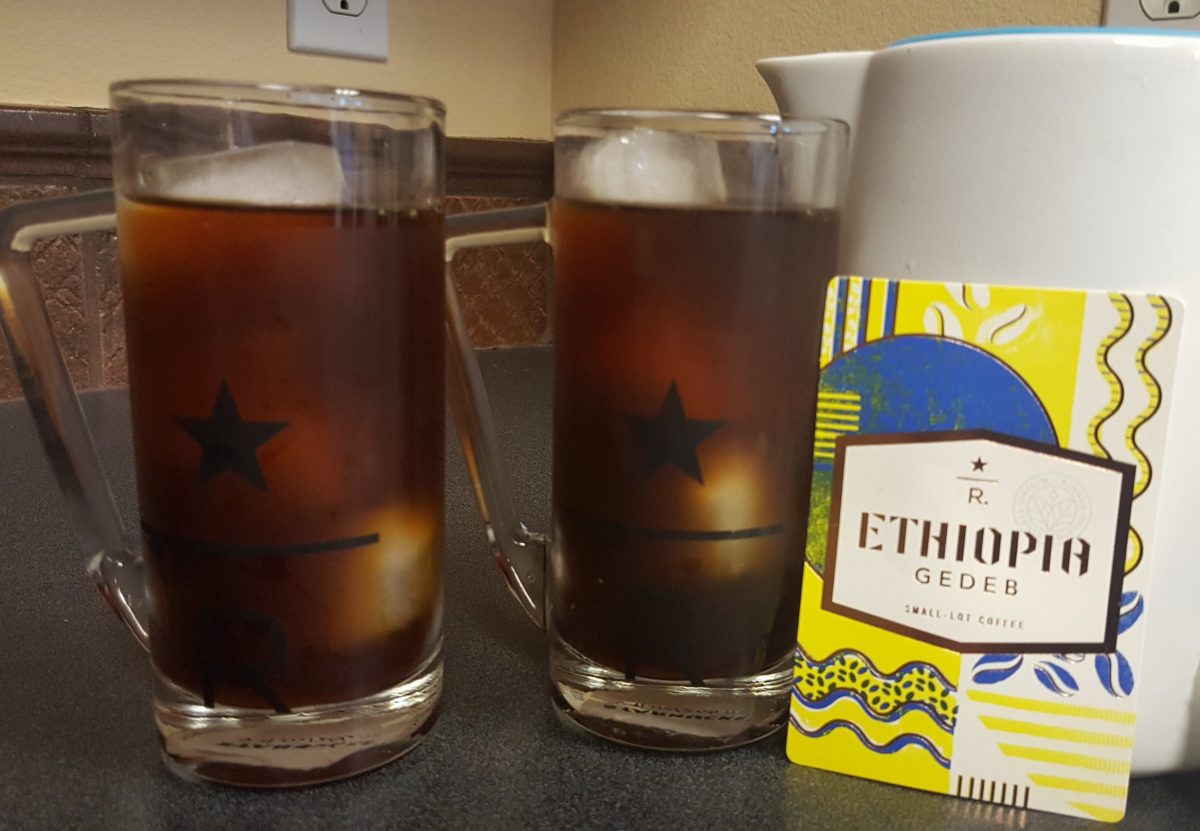
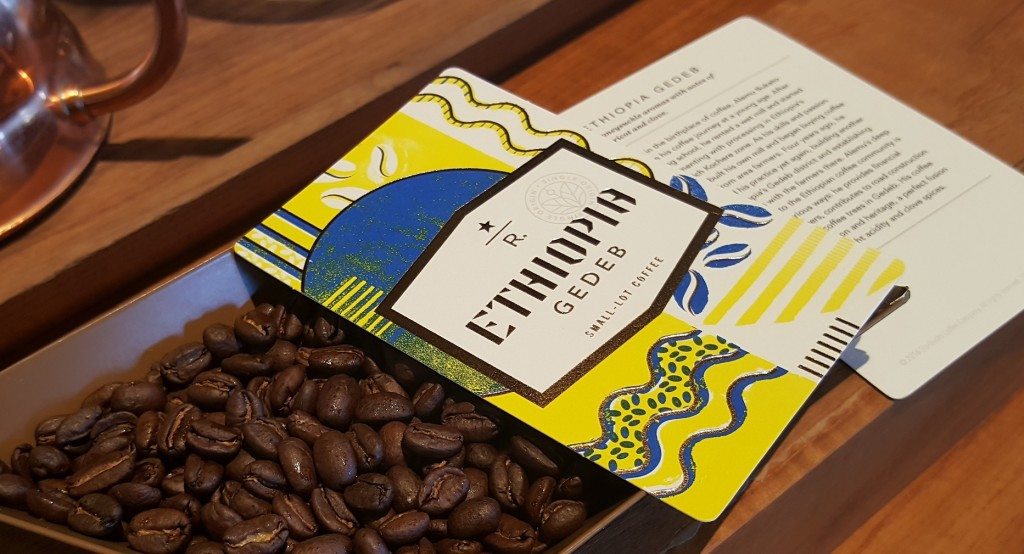
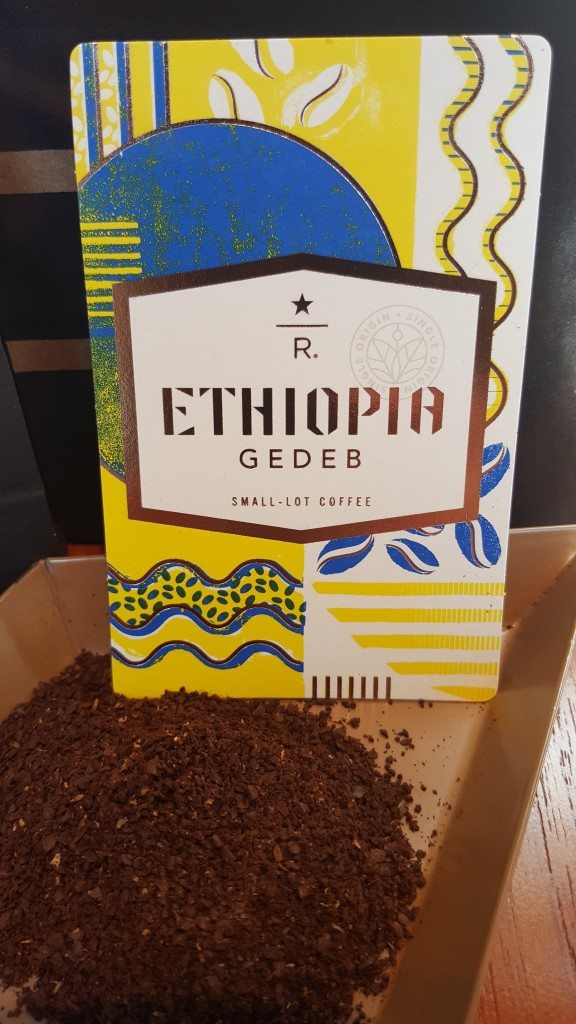
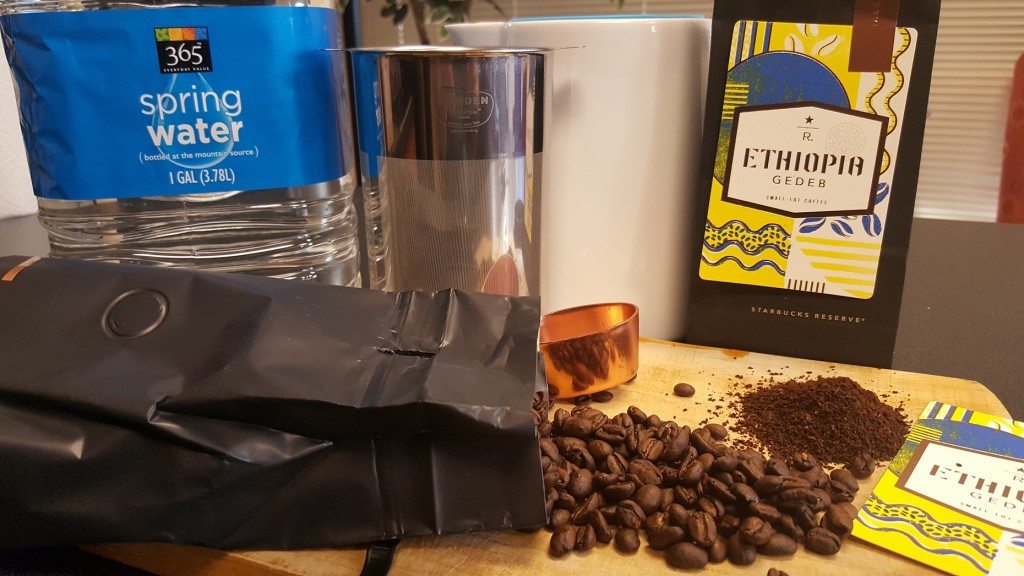
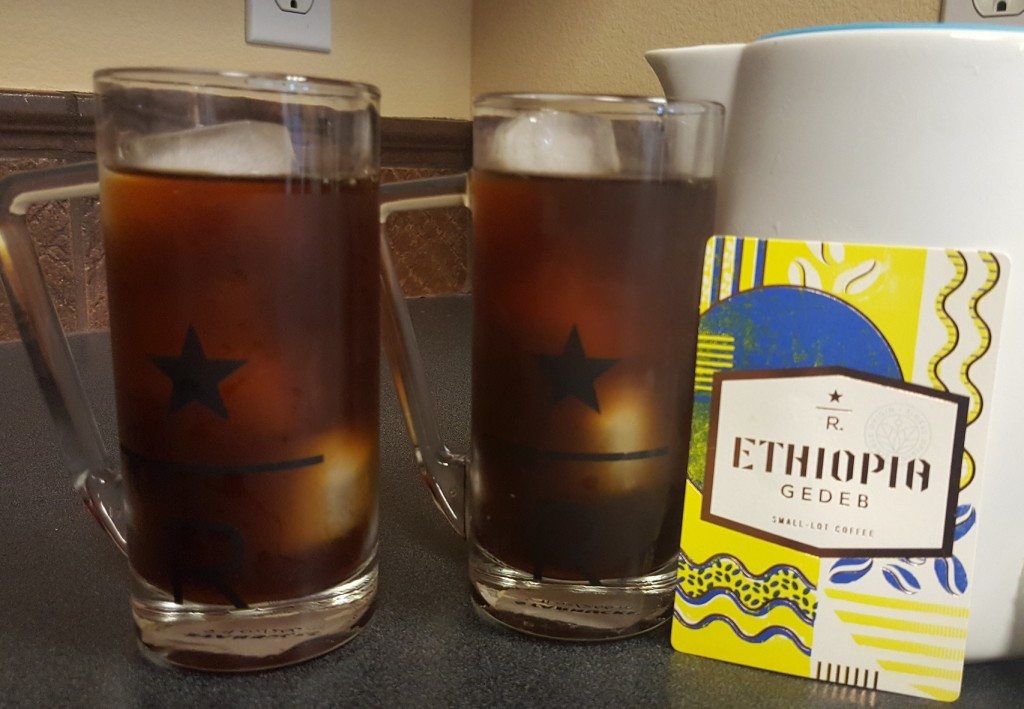
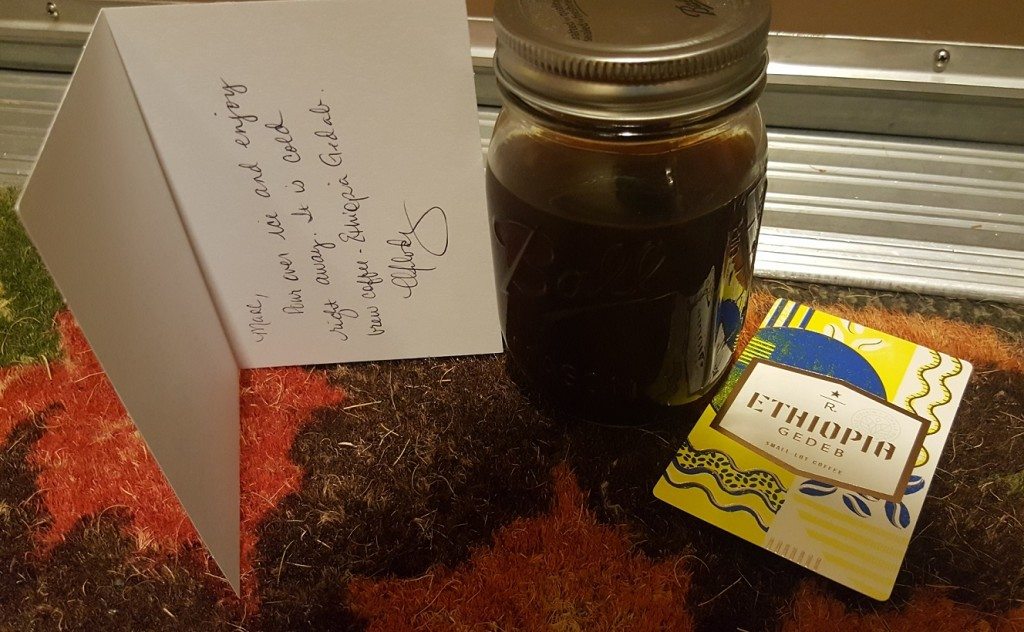



I’m a bit jealous of that Gedeb. I’ve seen no new Reserves online or in stores since June.
I actually recommend Verona as a cold brew. It really brings out the cocoa notes just by smelling it you can sense chocolate. I urge you to try 🙂